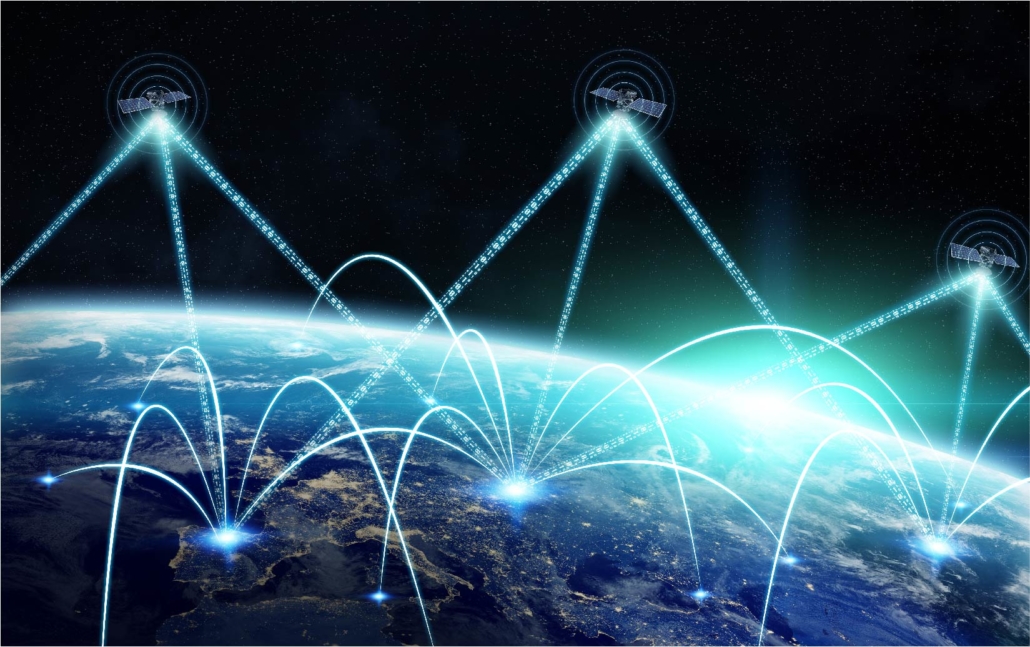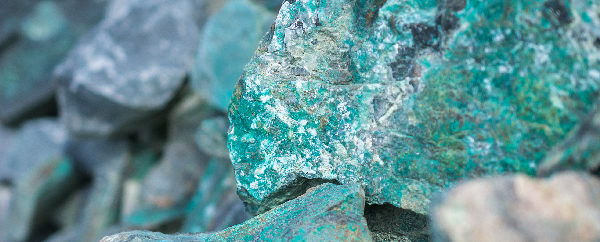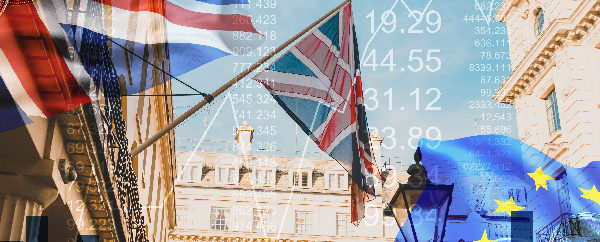Commodities have always been among the most perennially popular ways to invest, bringing several major benefits including physical assets, inherent value and reliable demand.
It’s little surprise that the terminology used when speaking about commodities was also favoured when the first cryptocurrencies launched, and ‘mining’ virtual coins has become common parlance in the years since.
So as enterprising investors look to the stars for the next big thing, could commodities yet again prove to be the most reliable option?
One market, two methods
The space sector is already dividing into two broad methods of creating value: moving goods and moving data.
Satellites that allow vast volumes of data to be transmitted around the world, from internet to mobile phone to television signals, have so far proved to be among the most reliable investments outside our atmosphere.
But there is much more space to be found beyond Earth’s geosynchronous orbit, and the potential of moving goods is infinitely greater as a result.
State-sponsored space salvage
The galactic Gold Rush is already on as several states around the world look to be among the first to prospect passing asteroids for salvageable materials.
In November 2016, the asteroid mining company Planetary Resources announced that the Luxembourg government and Societe Nationale de Credit et d’Investissement (SNCI) had agreed a total of €25 million of funding to support the company’s aim of launching an asteroid prospecting mission by 2020.
Luxembourg’s deputy prime minister Etienne Schneider said at the time: “The Grand Duchy has a renowned history in public-private partnerships. In 1985, Luxembourg became one of the founding shareholders of SES, a landmark for satellite telecommunications and now a world leader in this sector.”
The statement serves as a reminder of how far satellite communications have come in 30 years – and how far space transport of physical commodities might go in the next 30.
Turning data into matter
Of course the two revenue streams of data and physical goods are not entirely separate from one another – and while turning energy into matter is incredibly difficult, turning data into matter is remarkably easy using a 3D printer.
The ability to print almost any simple 3D object has already revolutionised the nature of near-Earth space travel, and is likely to help unlock longer distances in the years ahead.
Half a century on from the Apollo 11 Moon landings, and an astonishing 47 years since the last time human feet stood on the lunar surface, our return to the Moon and the first manned missions to Mars are inching ever closer.
As he left the surface on December 14th 1972, some of astronaut Gene Cernan’s final words – still the last transmitted to Earth from the Moon – were: “America’s challenge of today has forged man’s destiny of tomorrow.”
Only a dozen humans walked on the lunar surface in 1969-72, including members of the Apollo 11, 12, 14, 15, 16 and 17 missions. It remains to be seen when we will return there.
When we do, it is increasingly likely to be aboard reusable vehicles, using equipment printed while already in space using blueprints taken aboard on disk or simply beamed up as data from Earth.
The new Wild West?
Finally, space has one other thing in common with cryptocurrencies – a lack of regulation.
While some aspects of space travel are regulated on a national level, the lack of commercial entities acting on Mars, the Moon or the space in between has meant no need to regulate the activity that is not yet taking place.
This means the first companies to reach passing asteroids, comets or our nearest neighbours in orbit around the Sun are likely to have fairly free rein over what they do there.
And of particular significance for investors will be the possibility of finding water – and not because of the implications this might have for the presence of lifeforms.
Rather, it is because the hydrogen in that water could be extracted and used as rocket fuel, cutting costs by as much as 95% and potentially allowing the Moon to serve as a space saloon, and a place to stop and refuel before trekking on to more distant destinations.
Disclaimer: The information provided here is not investment, tax or financial advice. You should consult with a licensed professional for advice concerning your specific situation.




